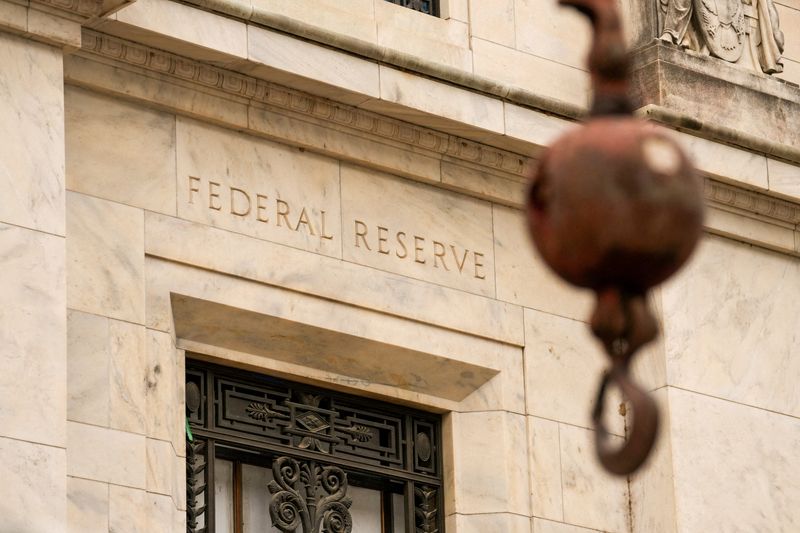Mexico’s central bank cuts interest rate to 7.25%, signals caution
PositiveFinancial Markets

Mexico’s central bank cuts interest rate to 7.25%, signals caution
Mexico's central bank has decided to cut the interest rate to 7.25%, a move that reflects a cautious approach to managing the economy amid ongoing inflation concerns. This decision is significant as it aims to stimulate economic growth while balancing the need to control rising prices. Lower interest rates can encourage borrowing and spending, which may help boost the economy in the long run.
— via World Pulse Now AI Editorial System







